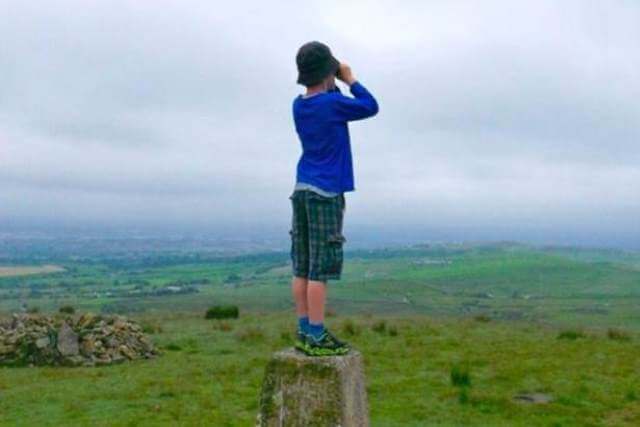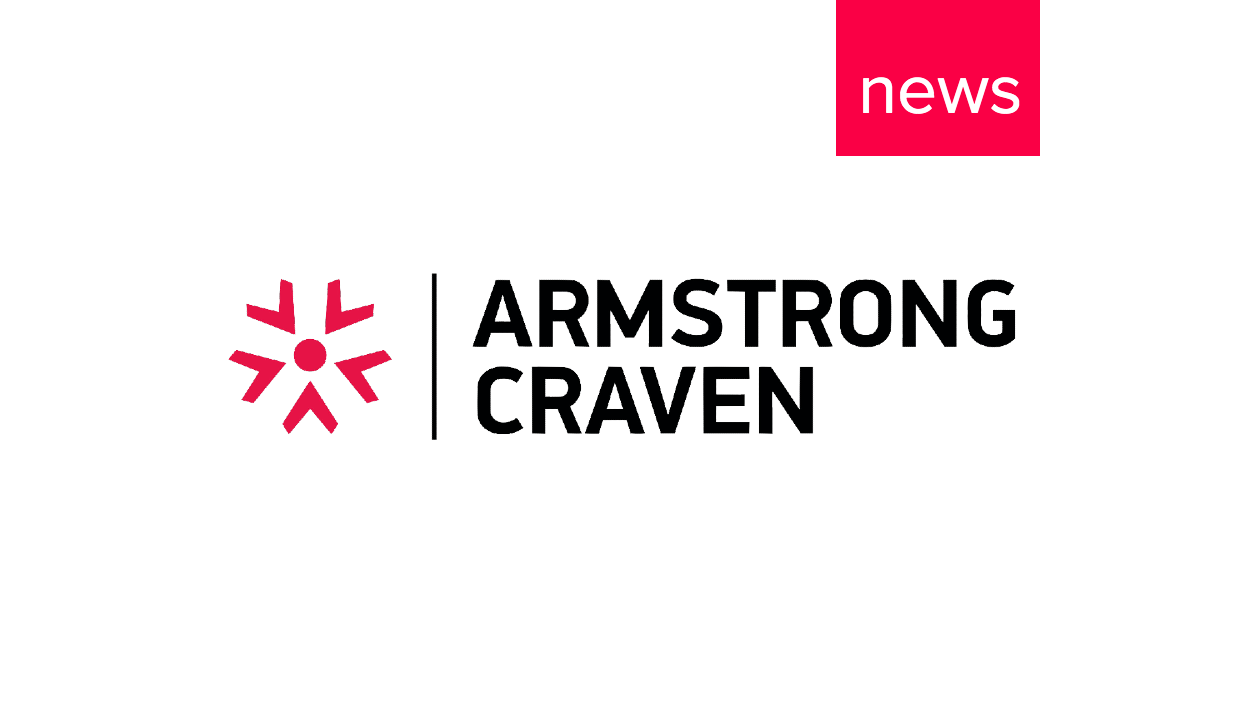Organisational Memory & People Intelligence
13 Jul, 20135 min
Given the fluid nature of employment patterns and an increasingly mobile global workforce, it’s more important, and more difficult, for businesses to keep hold of their intellectual capital – their organisational memory.
It’s not only internal institutional knowledge that can get lost over time; the external market intelligence we produce for clients can get buried in inboxes or under piles of paper. Any awareness of it often vanishes without a trace once the person who commissioned it moves role or leaves the organisation.
We see this as a lost opportunity to maximise knowledge sharing and fully leverage the intellectual property our clients have already commissioned.
What is organisational memory?
Organisational memory is intellectual property. It’s an experience inventory that is highly valuable to business. It is collecting, curating and sharing people intelligence. Organisational memory is accumulated through years of acquiring, retaining and sharing knowledge and the learning or ‘memory’ originates in practical application rather than theory – which is why it is so difficult to capture!
Businesses spend a lot of time developing knowledge and capability and while some of it is translated into procedures, processes and documents, a lot of it resides in its people. Over time, the institutional knowledge is chipped away as people move on, organisations are re-organised and people re-shuffled, and as businesses merge or are sold.
It’s important to identify where organisational memory is held, and it’s not necessarily at the top. As we find with our clients, senior operational roles are where most ‘gaps’ occur. Tacit knowledge like the intelligence we provide is likely to be lost through changes in management, change in organisational structure, retirement and a fluid workforce.
Explicit knowledge; that gained from experience and years of doing something, is even more elusive when it comes to capturing, curating and retaining memory.
Is all memory loss bad?
Some organisational memory loss is part of the evolution of the business. If we didn’t let go of some past learning and memories, we’d end up with a ‘this is the way we’ve always done it’ culture underpinned by “ obsolete policies and practices, outdated assumptions and mind-sets, and underperforming products and services.”
With big non-linear shifts in the industry, such as the disruptive effect of digitalisation on many sectors, competitive edge often depends on thinking beyond the traditional and beyond the status quo. Many of our clients are asking us to investigate other sectors for creative ideas – capturing and leveraging this external market insight can mean the difference between success and failure in this rapidly changing business environment.
However, most memory losses impact the business negatively both financially and through a loss of competitive edge as information is lost and needs to be restored, or re-learned by the present incumbents.
Improve organisational memory
Organisational memory can be vastly improved when it is built through collaboration. Organisations must be agile, and adaptable to the transformation in communication tools. Millennials rely heavily on a range of technologies in their daily lives and this can be capitalised upon by business.
- Use technology: To define a process by which your team continually captures and curates institutional knowledge, create a “living and evolving body of useful information” that is accessible to people as they come into the organisation.
- Early adopters: Identify a group of young people that will adopt the technology and start to use it naturally. They can educate more senior people in the business about how to get the most out of it.
- Identify core knowledge: Define key knowledge that all team members should have and include this in on-boarding, training and development. Create an organisational history; for example capturing successes and failures of projects and how things could be done differently in the future.
- Consider explicit as well as tacit knowledge: information systems can help to retain explicit knowledge but tacit knowledge needs a more people-centered approach, such as mentoring, coaching or apprenticeships.
- Look out for resistance: People that have an interest in the old ways of working, people that dominate face-to-face meetings may not want to move away from a personality-driven way of transferring knowledge.
- Create communities of practice: Bring together people with shared interests, but at different stages of the career cycle.
- Innovate: At Armstrong Craven we couldn’t find a suitable tool that would promote collaboration within our client’s organisations and help improve their organisational memory. We ended up creating AC Interactive by customising a system used in the publishing industry to allow information to be selected, cut, pasted, copied and exported into useable formats by multiple users. With the ability to access from multiple devices and comment on content of interest, stakeholders can collaborate virtually from any location.
Capture and curate
Organisational memory is harder than ever before to capture and curate – contributing to this is the increased mobility of the workforce, the sheer volume of corporate data that is now available and a changeover from the baby boomers to millennials. A static PDF of a report is no longer going to do the job for our clients who work in fast-moving, global workplaces with multiple project stakeholders.
As workforces become more fluid, tenure decreases and working relationships become more flexible, the best approaches to organisational memory will be built around collaboration and innovation.
Nina Johnson is a client partner at Armstrong Craven. Follow her @ninajohnsonAC
Speak with an expert
If you want to learn a little more about what we do and how talent research can help you make better-informed business decisions, our team of talent research and consulting specialists are happy to help.






